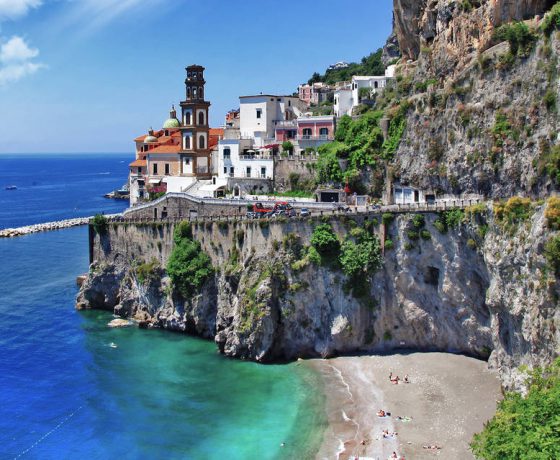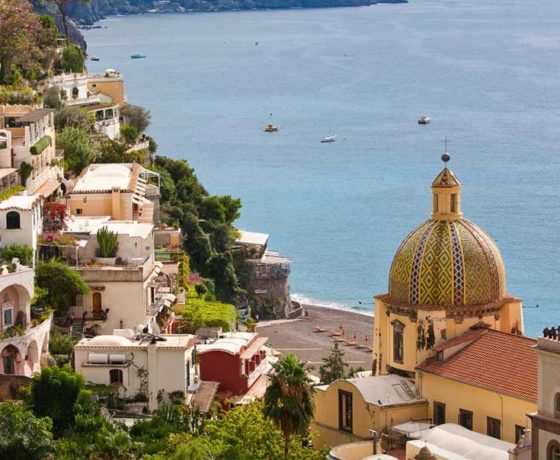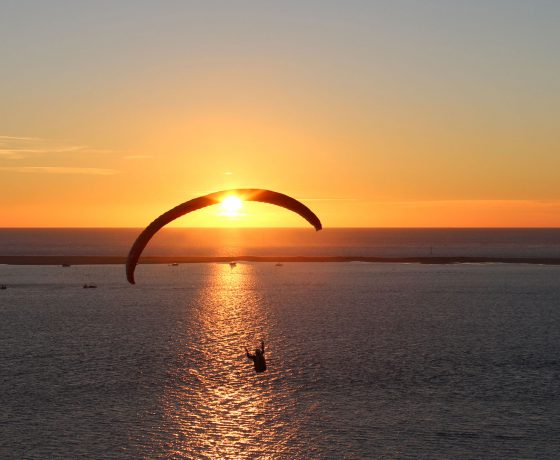Naples
Naples (Napoli) is is one of the oldest cities in Europe, where the contemporary urban fabric keeps the elements of its eventful history. The layout of its streets, its wealth of historic buildings that characterise different periods, gives to the site a universal value with no equals, who has exerted a profound influence on much of Europe and beyond.
The centre of Naples, filled with palaces, churches, convent and monasteries, revolves around just a few streets:
The Piazza del Plebiscito (Named for the Plebiscite taken on the 2nd of October 1860 that brought Naples into the unified Kingdom of Italy) is bounded on the east by the Royal Palace (Palazzo Reale). It is one of the four residences used by the Bourbon Kings of Naples during the Kingdom of Two Sicilies (1730-1860). Today the palace and the adjacent grounds house the San Carlo Theatre, a museum, the National Library of Naples and on the west side, the church of San Francesco di Paola with colonnades extending to both sides (the church is reminiscent of the Pantheon in Rome).
The historical heart of the city is characterised by ”Spaccanapoli” (split Naples), which essentially split Naples in two parts (hence the name). Spaccanapoli slices through a working-class neighbourhood of full-blooded-live-out-loud Napoletani. Here high-energy street drama plays out in public among the piazzas, palazzos, churches, galleries, bars, and street vendors. The famous sites along the way include the imposing the church of Gesú Nuovo, the gothic Santa Chiara church and the majolica-tiled Cloister, then Via San Gregorio Armeno, the street that is lined with Naples’ most adorable Nativity scene (presepi), and that is very busy in Christmas time. The Benedectine nuns still preside over the church of St. Gregorio Armeno which is of baroque interior with important frescos by Luca Giordano.
Castel dell’ Ovo (Egg Castle), which name comes from a legend about the Roman poet Virgil who put a magical egg into the foundations to support the fortifications. The Castle occupies a small island, that face and join the Santa Lucia district, once the main Naples’ shellfish market. The castle was built in 1154 by the Normans and Hohenstaufen and it was a royal residence. Today it belongs to the military. Beneath its ramparts, the tiny Porta Santa Lucia is filled with seafood restaurants and the via Partenope which run past it is a lovely promenade that leads the west side to Margellina.
On the way there is the port of Mergellina and the Vomero district that overlooks the city.
Naples is well known for its historic castles: The ancient Castel Nuovo, also known as Maschio Angioino, is one of the city’s foremost landmarks. It was built during the time of Charles I, the first king of Naples and is a gem of art and architecture. This building shows a wide range of architectural style from the French-gothic to the Florentine renaissance. The castle was once the main royal residence. The triumphal arch of the Castle is the entrance and it was built to commemorate Alfonso of Aragon’s entry to Naples in 1433. Part of the building houses the Museo Civico.
One of the important attractions of the city is the Dome of Naples (il Duomo di San Gennaro) that is about the protector of Naples: San Gennaro. It houses the St. Gennaro remains, who was martyred in AD 305. The ornate Cappella San Gennaro contains his head and phials of his congealed blood, which miraculously liquefies three times annually (The tradition says that if the blood does not liquefy, the city will have a bad luck). The Cappella Carafa, a Renaissance masterpiece contains the Sanit Gennaro’s tomb.
At the top of the hill there is the stunning National Museum of Capodimonte (Museo di Capodimonte) which is located in the Bosco di Capodimonte “Hilltop Wood“ that used to be a royal hunting preserve.
The museum is the the first repository of many Neapolitan paintings and decorative art that include important works from other Italian schools of painting, and some important Ancient Roman sculptures. Among the several art works you can find paintings from the 13th to the 18th century of Simone Martini, Raphael, Titian, Caravaggio, Masaccio, Lorenzo Lotto, Giovanni Bellini, Giorgio Vasari, El Greco, Jacob Philipp Hackert and many others. The museum is by far the best place to see paintings of the Neapolitan School.
One of the most important museum of the world is the Museo Archeologico di Napoli (Archeological Museum of Naples). The building, which houses a former military barracks, was remodelled in 1790 to receive the treasures of Pompeii and Herculanum. You can find here the famous Farnese Collection.
To the east there is the Napoli Sotteranea (the hidden Naples underground area), situated in the historic centre of the city in Via dei Tribunali. There are also large catacombs around the city, and other landmarks such as the main cistern that used to serve the Bay of Naples during the Roman times. This system of tunnels and cisterns covers most of the city and lies approximately thirty metres below the ground level.
Between a museum and a monument, take the chance to eat an ice cream in Margellina, relax by the sea and please take the typical Italian coffe (Espresso) which is a great tradition. It is a ristretto coffe, but the aroma is incomparable and don’t forget to taste the Sfogliatella which is the typical Neapolitan pastry.
Then there is a thing that you cannot miss if you are in Naples: The Pizza! A long tradition, very well known all around the World, a secret that only the Napolitans know! The history says that In 1889, Raffaele Esposito, chef of the most important pizzeria in Naples, made the first pizza to celebrate the Queen of Italy, Margherita di Savoia. He made it with the colours of the Italian flag, red (tomato), white (mozzarella) and green (basil). This kind of pizza has been named after the Queen as Pizza Margherita ,which is today, the most eaten dish in Italy.
Napoli is the perfect City for families, couple and young people as it offers many attraction for all ages and it is very near to other amazing location of the Campania region such as Capri (20 minutes), Positano, Ischia and Procida (25 minutes)
A long history, a city where you will walk between art and tradition. One of the most beautiful City in the World. Naples is a MUST and it deserves a visit: a locally dictum says “ See Naples and then die” which means that once in a life (before dying) Naples has to be seen.












